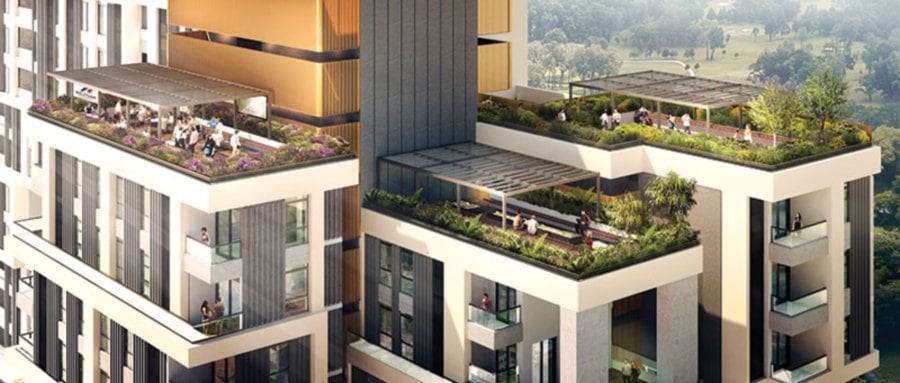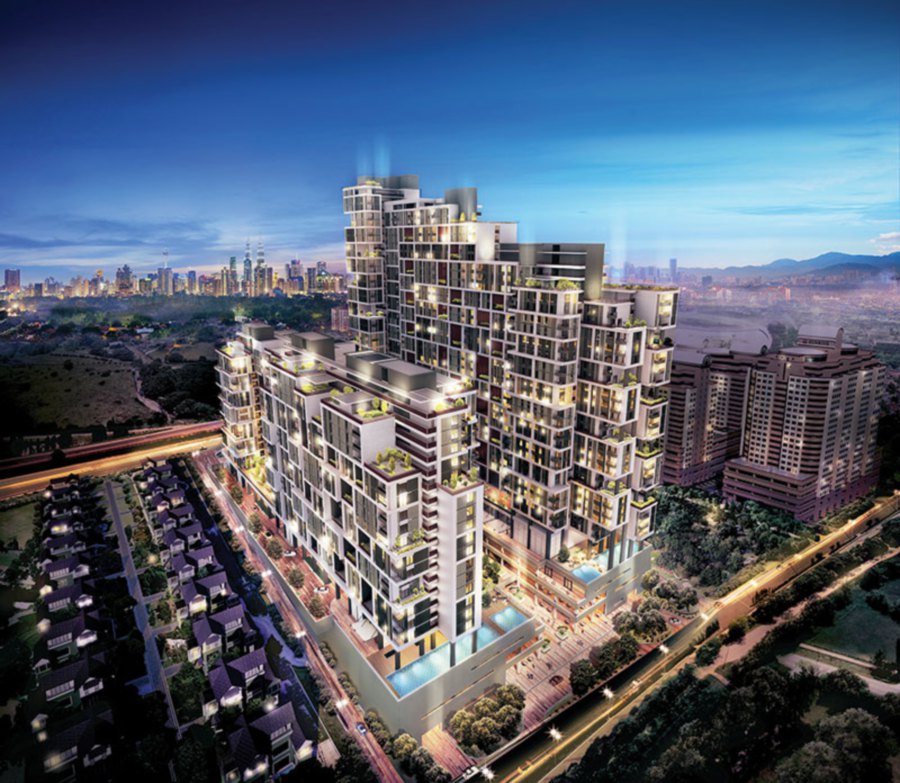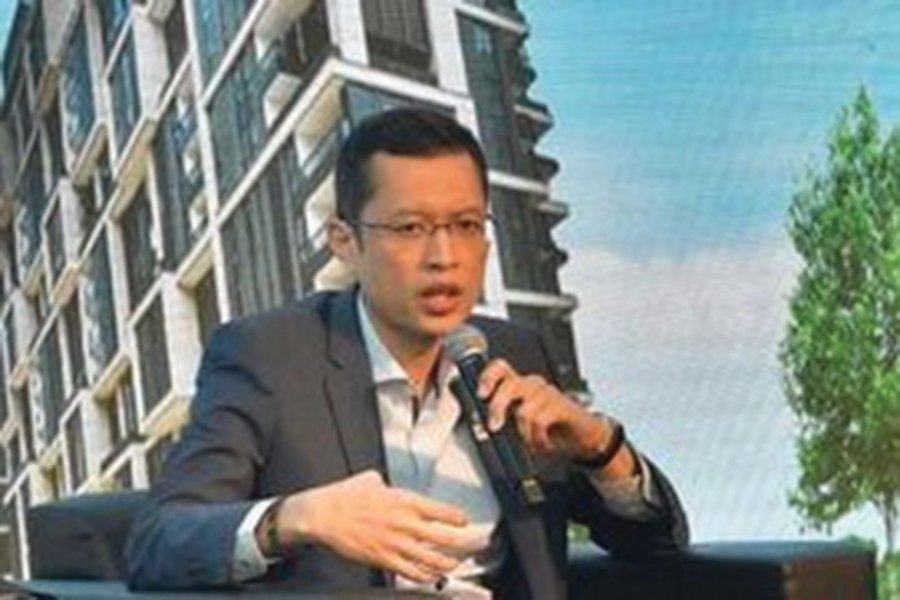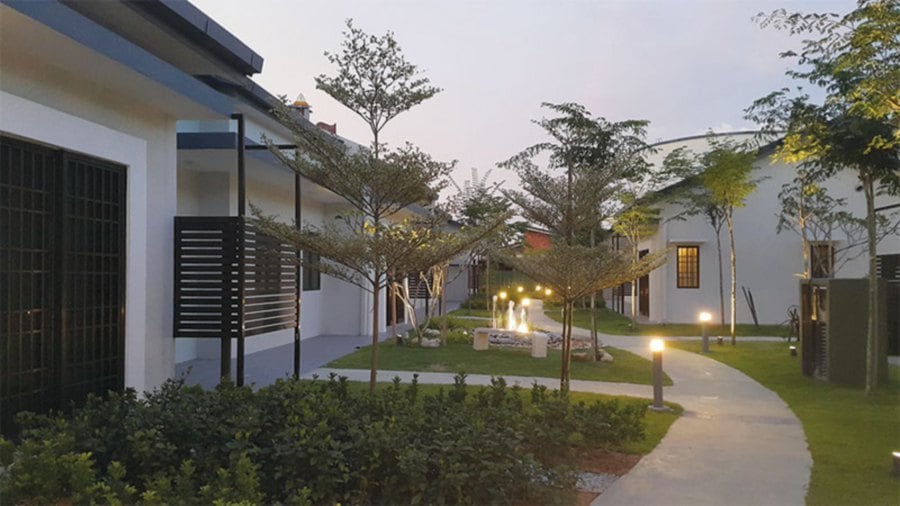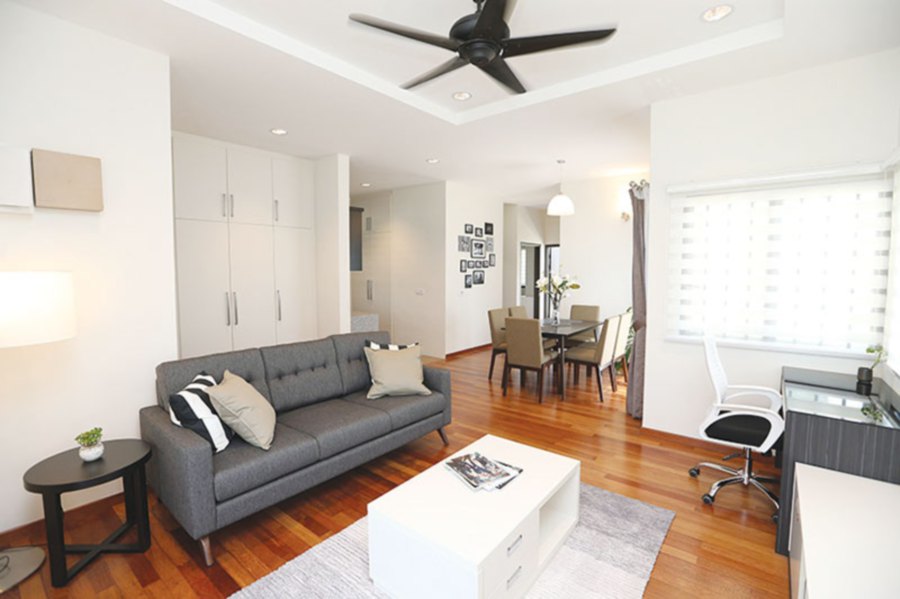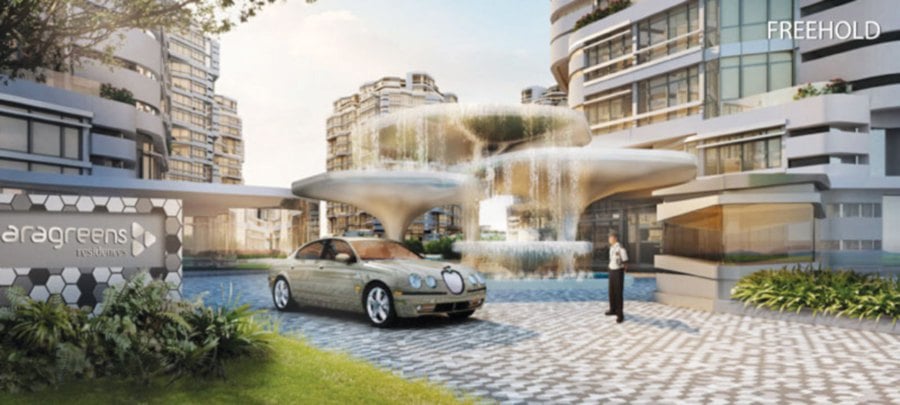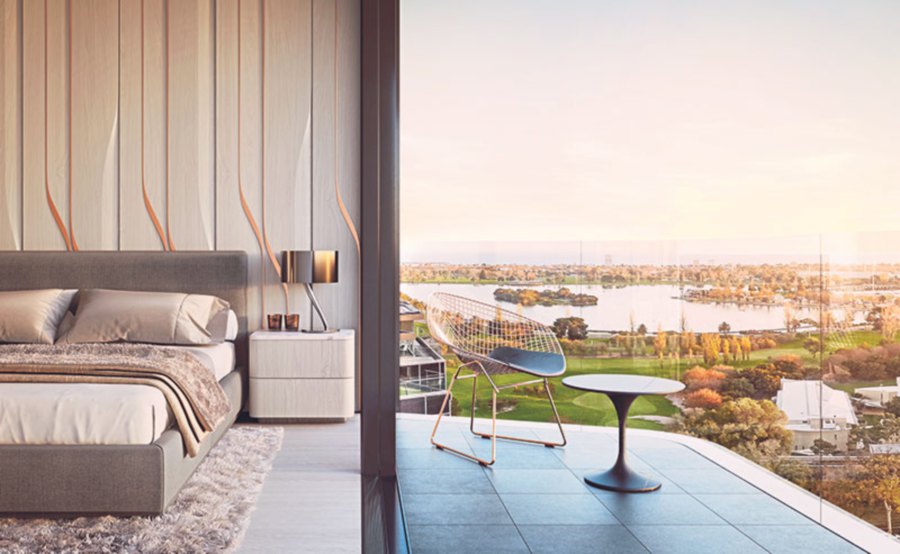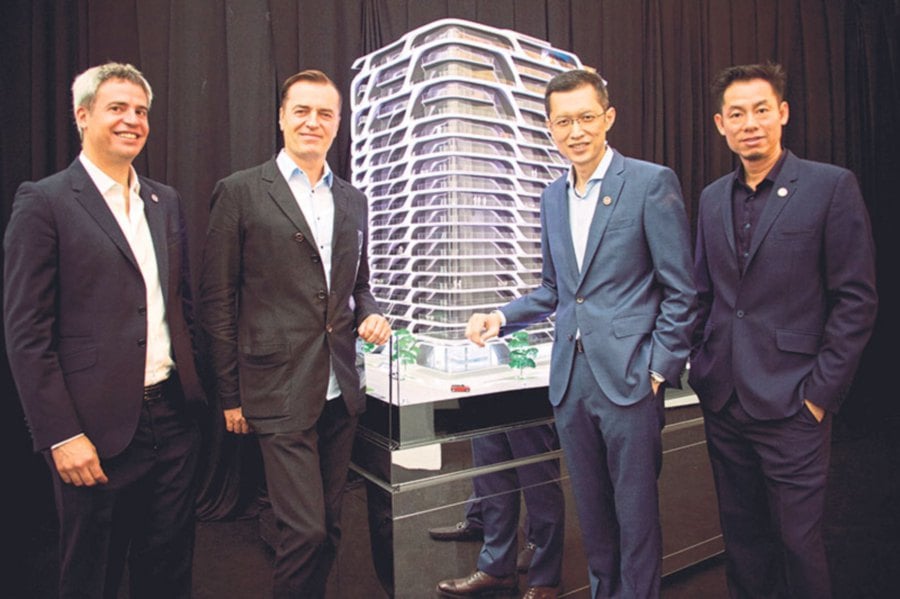PETALING Jaya (commonly called “PJ” by locals) has undergone tremendous growth since its origins in the 1950s. Formerly a rubber estate, PJ was developed with the purpose of diverting the population away from the capital Kuala Lumpur. As it grew and required the need of an administrator, PJ eventually becomed a city in its own right, ceasing to be part of Kuala Lumpur in the 1970s.
PJ, surrounded by Kuala Lumpur to the east, Sungai Buloh to the north, the capital of Selangor, Shah Alam, to the west, and Subang Jaya to the south - was granted a city status on June 20 2006. As population grew and businesses expanded, the public and private sectors started investing a few billion ringgit to develop the infrastructure and amenities in the area with roads, highways, light rail transit (LRT) systems, hospitals, shopping malls, hotels, schools, colleges, universities and entertainment centres.
Now known as satellite city, it is now home to various commercial and retail presence as well as houses more than 600,000 urbanites, all within an area of 97.2 sq km. It covers PJ South, PJ North and PJ West.
PJ South, from Section 8 to PJ Old Town, had the first settlements established around 1953. As PJ South progressed, PJ North, on the other side of the Federal Highway was developed.
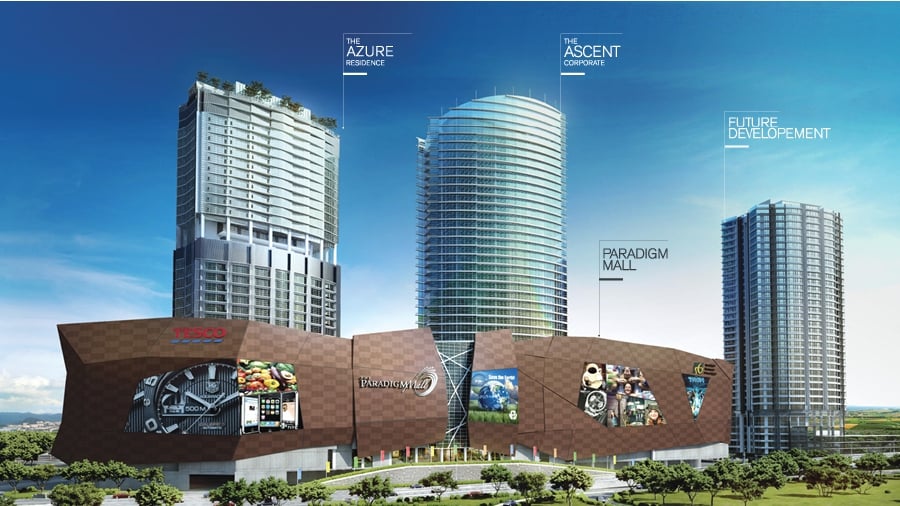
An aerial view of The Azure Residences in Kelana Jaya. WCT PIC
PJ West came later covering Taman Mayang, Taman Seapark, Kelana Jaya, Damansara Intan and SS 1 to SS 25.
In PJ West, affordable opportunities still abound but property prices are driven up by newer developments.
The PJ West value map by Henry Butcher Malaysia shows that notable landmarks within and around PJ West include Tropicana City Mall (SS20), Menara Glomac (Bukit Kiara), Uptown Damansara (Damansara Utama), Centrepoint and First City University College (Bandar Utama), Kelana Jaya Medical Center, Parkland Commercial Center, Lincoln University College, Kompleks Sukan PKNS, Stadium MBPJ and Paradigm Mall (SS7), Giant and Unitar (SS6).
Petaling Jaya Stadium, or also known as MBPJ Stadium, in Kelana Jaya was built in 1996 in time for the 1998 Commonwealth Games and is the current home stadium to PJ Rangers and MISC-MIFA (Malaysian Indian Sports Council-Malaysian Indian Football Association).
Various multinational corporations have also established their presence in this locality. China technology giant Lenovo has its office set up in Damansara Uptown, followed by brands like Michelin, Lafarge and L’Oreal, while the Sungei Way Free Trade Industrial Zone houses names like Western Digital, Omron and NXP Semiconductors. Notably, Uber has its Partner Support Centre (PSC) in Section 51A.
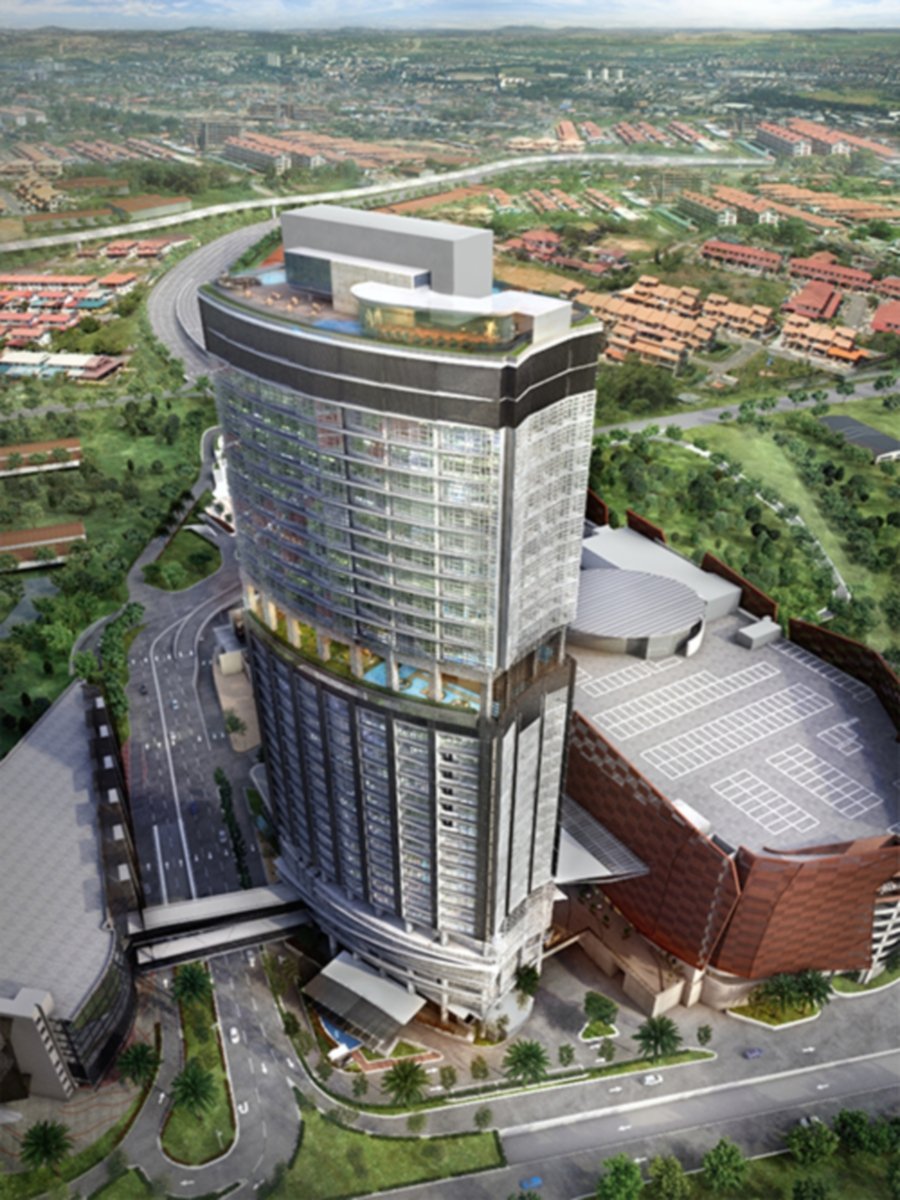
The massive Paradigm Petaling Jaya development. WCT PIC
PUBLIC TRANSPORT
Although transportation facilities and infrastructure are well developed in PJ West, the fact that it is home to many offices and retail outlets leads to traffic and parking challenges for employees and residents. Commuting via rail transit is an alternative, with the three major rail transit options - KTM Komuter, LRT (Kelana Jaya line) and MRT (Sungai Bulog-Kajang) passing through the area, with last-mile connections via RapidKL’s extensive bus network.
The KTM Komuter serves the southern area (bordering PJS 1 and PJS 2), with the Setia Jaya, Seri Setia and Kg Dato Harun stations. Meanwhile, an MRT stop is a stone’s throw away from Damansara Intan (TTDI), while the LRT runs across the centre with stations in Taman Paramount, Taman Bahagia, Kelana Jaya, Lembah Subang, Ara Damansara and Glenmarie. The KTM Komuter and LRT lines meet in Subang Jaya, an interchange just a few stops away.
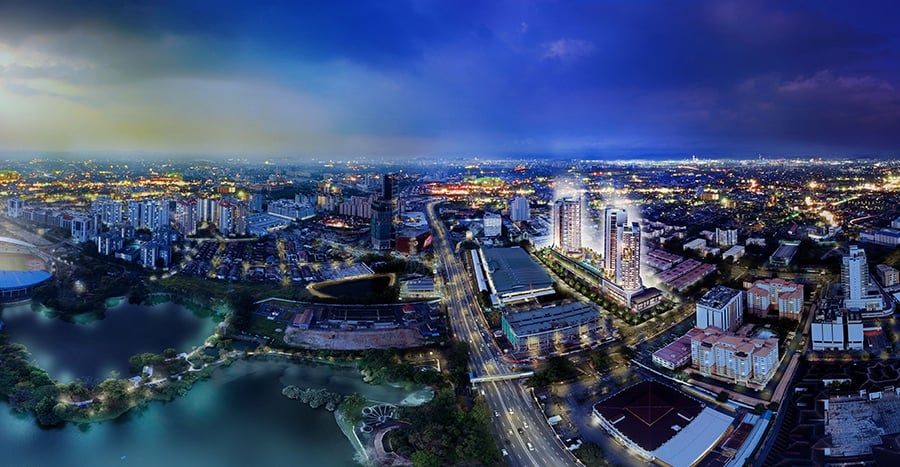
An aerial view of PJ West WCT HOLDINGS BHD PIC
There are several major highways and expressways that cover the area, including Federal Highway, New Pantai Expressway, North Klang Valley Expressway and Damansara-Puchong Expressway.
WEST SIDE BOOM
Before its boom, the residential stock in PJ West is made up mainly of terrace houses with some low-and medium-cost apartments. Today, condominiums and high-end developments are common, especially in areas like Bukit Gasing, Section 16 & 17, SS7 Kelana Jaya, Tropicana, and Ara Damansara.
Based on research by Henry Butcher, it is observed that residential properties in the vicinity of Taman Mayang and Aman Suria, many completed in the 1990s and 2000s, are relatively more affordable, whereas developments in Tropicana and Damansara Intan, which were completed more recently, command higher prices.
The affordable buys in PJ West congregate around Taman Mayang and SS7, with high-rise strata developments in the area sharing an average starting price of RM401 per sq ft (psf). Only one project in the area, Sterling (SS7), registered higher asking prices (exceeding RM600 psf).
Older medium cost apartments, such as Dataran Prima, Kelana Puteri and Suria Damansara (located near the Kelana Jaya Medical Centre), Tiara Kelana (near Sterling) and Shang Villa, register asking prices that start at RM201 psf. Those seeking more affordably priced homes can also look at older projects which were completed in the 1990s, such as Damansara Bistari, Jasmine Towers, Apartment Kampung Tunku, Kelana D’Putera, Kelana Parkview, Kelana Puteri, Mutiara Oriental, Shang Villa, and Tiara Kelana. For instance, one could very well find a unit in Tiara Kelana that is priced around RM300,000 (built-up area of 1,442-1,604 sq ft and pricing from RM200 psf).
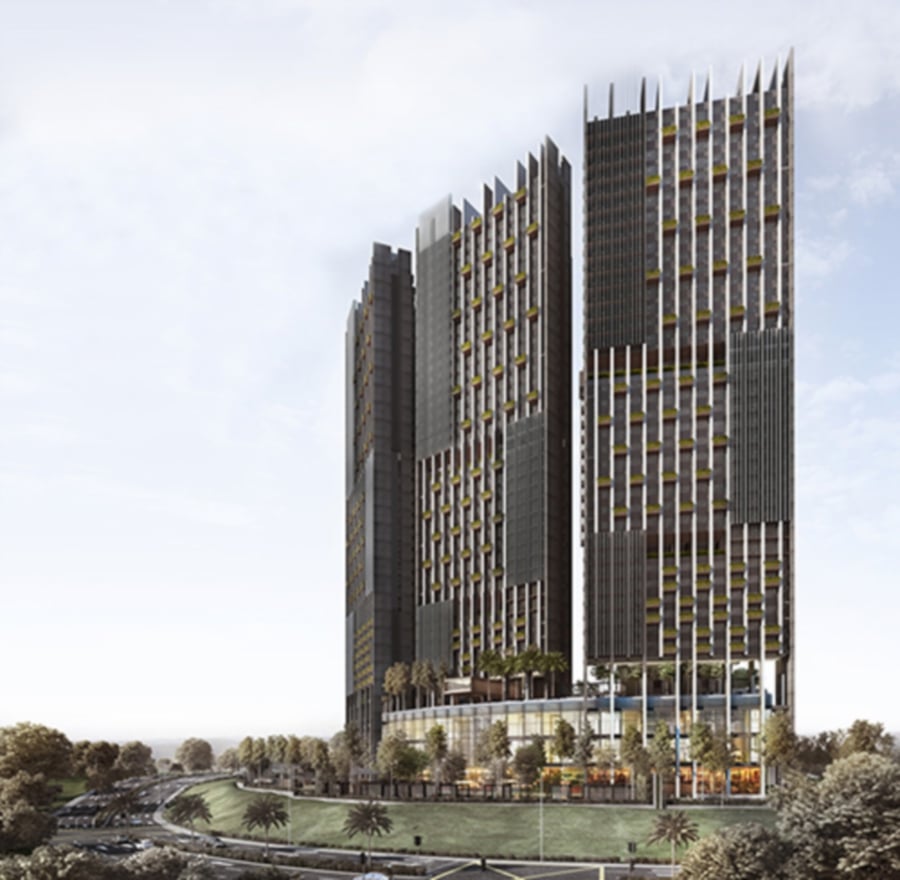
Lumi Tropicana features four 35-storey residential towers. THRIVEN GLOBAL PIC
According to Henry Butcher, more recent entrants into the market register higher prices, with developers realising the potential the locality has to offer, as well as catering to the more discerning tastes of current house buyers. For PJ West, Damansara Intan and Tropicana reflect that growth, with most developments coming up in the late 2000s and early 2010s.
Bearing the prestigious “Damansara” name and being located adjacent to Tropicana City Mall has netted Damansara Intan higher property prices, with its projects - Casa Damansara 1 & 2, Tropics, Casa Suites (all developed by Tropicana Group) and Ken Damansara 1 & 2 (developed by Ken Holdings group) - generally starting at RM601 psf.
Henry Butcher believes that one could find a good value proposition in Casa Damansara 1 & 2, with asking prices at RM401 to RM600 psf.
The newer Tropics Serviced Apartment occupies the higher end of the spectrum, with prices averaging from RM850 psf. All these projects are closely positioned next to each other, but Tropics Serviced Apartment commands a higher price as it is part of a mixed-used development that comprises Tropicana City Mall and the 12-storey Tropicana office tower. Tropics is situated above the four-storey mall that has more than 200 retail lots.
Section 19, just south of Damansara Intan, follows a similar price range (RM601 to RM800 psf) with two outliers that are older developments - Damansara Bistari Apartment (starting at RM201 psf) and Jasmine Towers (starting at RM401 psf).
Meanwhile, the Tropicana area sees a mix of properties with varying price tiers. Damai & Permai Apartment, which were completed in the 2000s, start at RM201 psf and is the most affordable project in the area, followed by Casa Tropicana and Riana Green, which start at RM401 psf and can go up to RM800 psf. Tropicana Grande starts at RM601 per sq ft, and can exceed RM801 psf. Home buyers are prepared to pay higher prices for convenience and luxury, with projects like Casa Tropicana, Riana Green and Tropicana Grande located within close proximity to the MRT station and in the vicinity of lifestyle amenities like Tropicana Golf & Country Resort.
At SS5 and SS6 developments, projects with a similar price range as Damansara Intan are Kelana Parkview, Apartment Kampung Tunku and PJ 5, which starting at RM401 psf, with PJ 5 being the priciest of the three. The hottest project in the area is The Grand SOFO, which is priced from RM600 psf to over RM800 per sq ft.
Bordering Subang Jaya and facing the LDP Highway is Mah Sing’s mixed development project, Icon City, combining serviced apartments, retail spots and offices in one locality. Within Icon City lies Icon Residenz, another project that is priced above RM801 psf. Venture a bit further from Icon City, you will find Kelana Impian and Seri Setia, two projects that are starting at RM201 psf.
Generally high rise residential unit sizes in PJ West vary from 347 sq ft (The Grand SOFO) to 3,777 sq ft (Riana Green). Prices range from RM232 psf (Damai & Permai Apt), to a maximum of RM1,200 psf (The Azure).
NEW PROJECTS IN PJ WEST
There are four projects currently under construction in PJ West. Of the four, three are located close to one another (The Azure, Highpark Suites and Infinity Tower, occupying SS6 and SS7) while Lumi Tropicana by Thriven Global is located in Tropicana area. These projects have a minimum built-up area that starts at 417 sq ft (Infinity Tower), and a maximum of 1,815 sq ft (The Azure Residences).
Henry Butcher said prices are on the higher end of the spectrum, while The Azure, Highpark Suites and Lumi command above RM801 psf. Infinity Tower is the outlier, being the most affordable of the lot, starting at RM401 psf.
The Azure Residences by WCT Bhd is a 30-storey high iconic residential tower comprising 189 luxury units. The development incorporates the modern hotel living concept with dedicated recreational spaces. This luxury residential development is situated along PJ’s main arterial highway within WCT Holdings Bhd’s RM1.8 billion Paradigm integrated commercial development which includes Paradigm Mall, The Ascent corporate office tower and New World Petaling Jaya Hotel.
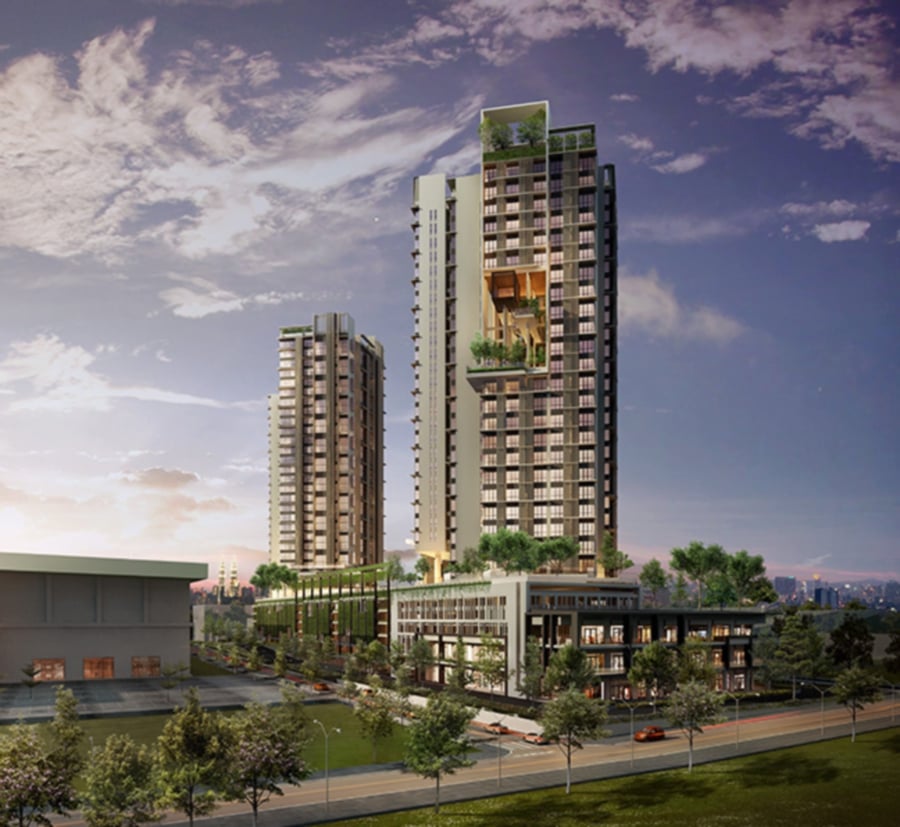
Highpark Suites by Gamuda Land Sdn Bhd. GAMUDA LAND PIC
Highpark Suites by Gamuda Land Sdn Bhd is located in Jalan SS6/2, SS6 in Kelana Jaya. The 2.02ha freehold lifestyle residential development features 1,024 residences which prices ranging between RM400,000 and RM1 million (452 sq ft studio units, 603 sq ft suites and duplex units of 743 sq ft or 840 sq ft) when they were first launched, and 43 units of dedicated retail arcades. HighPark Suites is the first Green Building Index (GBI)- certified development in Kelana Jaya, with a provisional certified Gold rating of 79.
Infinity Tower by Ideal City Development Sdn Bhd is a 0.5ha office-cum-retail development located near SS4 and SS5. It is a single tower housing 183 units of office-suites and pent-offices, nine units of three-storey retail shops, 16 units of F&B Alfresco Floor units and nine units of retail kiosks. The launch prices of the office suites were from RM290,700 and pent-offices from RM734,850. The retail shops sold from RM3,634,830 and F&B Alfresco units from RM376,390.
Thriven Global Bhd is developing the 2.6ha Lumi Tropicana in two phases featuring four 35-storey residential towers. Phase 1 launched in 2015 and last year, featuring two towers of 186 units of service residences each and 62 units of SoHo. Majority of units in Phase 1 have been sold with a gross sales value exceeding RM300 million. The first of the two towers in Phase 2, with 186 units of service residences, is selling from RM1,200 psf to RM1,300 psf. The entire project is expected to be completed by 2020.
“With such an abundance of residential properties, Klang Valley residents are spoilt for choice when it comes to finding a home in Petaling Jaya,” said Henry Butcher.
Opportunities for more affordable housing are still available in PJ West, although the new developments have seen prices being elevated to higher levels, it said.











